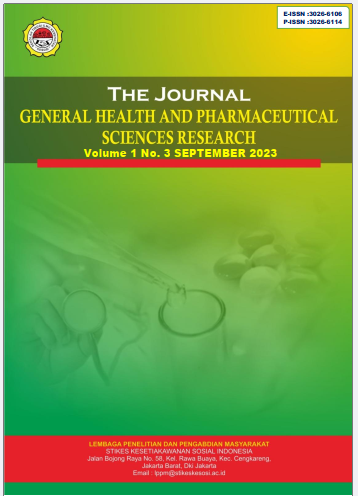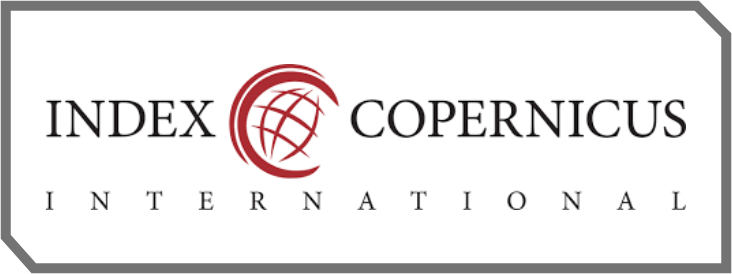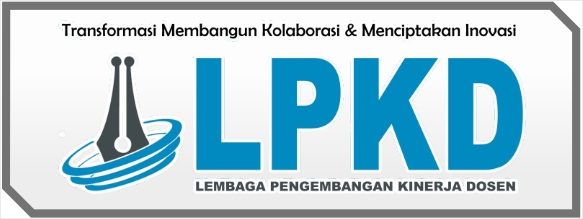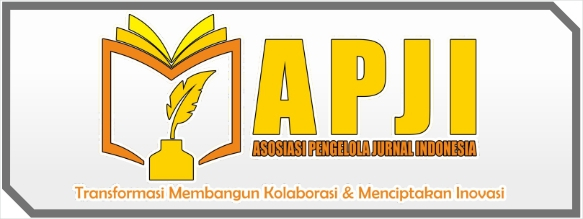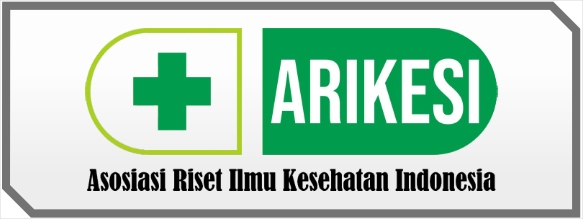Potensi Herbal Medicine dalam Pencegahan Gangguan Menstruasi dan Sindrom Premenstrual : Kajian Literatur Sistematik
DOI:
https://doi.org/10.57213/tjghpsr.v1i3.614Keywords:
clinical trials, herbal medicine, menstrual disorders, premenstrual syndrome, preventionAbstract
Menstrual disorders and premenstrual syndrome (PMS) are common gynecological conditions that significantly impact women's quality of life and productivity. Herbal medicine, used both traditionally and supported by scientific evidence, offers a promising preventive approach. This study aims to systematically evaluate the effectiveness of herbal medicine in preventing menstrual disorders and PMS. A systematic literature search was conducted following the PRISMA 2020 guidelines using databases such as PubMed, Scopus, ScienceDirect, and the Cochrane Library for articles published between January 2013 and December 2023. Out of 1,143 articles identified, 26 studies met the inclusion criteria. The most frequently studied herbs included Vitex agnus-castus, Zingiber officinale, Curcuma longa, and Foeniculum vulgare. Several randomized controlled trials reported significant improvements in PMS symptoms and menstrual cycle regulation. These findings support the potential of herbal medicine as an effective preventive strategy; however, further high-quality clinical trials with standardized preparations and long-term follow-up are needed for clinical validation.
References
Armanini, D., Karbowiak, I., Funder, J. W., et al. (2003). Licorice and hormone levels. The Lancet, 362(9379), 1233–1234. https://doi.org/10.1016/S0140-6736(03)14513-7
Bahrami, M., et al. (2016). The effect of Vitex agnus-castus on premenstrual syndrome: A systematic review. Journal of Psychosomatic Obstetrics & Gynecology, 37(3), 111–117. https://doi.org/10.3109/0167482X.2016.1149154
Cases, J., Ibarra, A., Feuillère, N., Roller, M., & Sukkar, S. G. (2011). Pilot trial of Melissa officinalis L. leaf extract in the treatment of mild-to-moderate anxiety disorders and sleep disturbances. Mediterranean Journal of Nutrition and Metabolism, 4(3), 211–218. https://doi.org/10.1007/s12349-010-0045-4
Daily, J. W., Yang, M., & Park, S. (2016). Efficacy of turmeric extracts and curcumin for alleviating the symptoms of joint arthritis: A systematic review and meta-analysis of randomized clinical trials. Journal of Medicinal Food, 19(8), 717–729. https://doi.org/10.1089/jmf.2016.3705
Direkvand-Moghadam, A., Sayehmiri, K., Delpisheh, A., & Kaikhavani, S. (2014). Epidemiology of premenstrual syndrome (PMS)—A systematic review and meta-analysis study. Journal of Clinical and Diagnostic Research, 8(2), 106–109. https://doi.org/10.7860/JCDR/2014/8024.4026
Ekor, M. (2014). The growing use of herbal medicines: Issues relating to adverse reactions and challenges in monitoring safety. Frontiers in Pharmacology, 4, 177. https://doi.org/10.3389/fphar.2013.00177
Hajhashemi, V., et al. (2009). Anti-inflammatory and analgesic properties of Curcuma longa extract. Journal of Ethnopharmacology, 124(1), 20–24. https://doi.org/10.1016/j.jep.2009.03.035
Lauche, R., Cramer, H., Häuser, W., Dobos, G., & Schneider, A. (2016). A systematic overview of reviews for complementary and alternative therapies in the treatment of the premenstrual syndrome. European Journal of Integrative Medicine, 8(1), 17–29. https://doi.org/10.1016/j.eujim.2015.08.004
Lete, I., & Allué, J. (2016). Dismenorrhea: Epidemiology, diagnosis and treatment. Drugs in Context, 5, 212291. https://doi.org/10.7573/dic.212291
Marjoribanks, J., Ayeleke, R. O., Farquhar, C., & Proctor, M. (2015). Nonsteroidal anti-inflammatory drugs for dysmenorrhoea. Cochrane Database of Systematic Reviews, (7). https://doi.org/10.1002/14651858.CD001751.pub3
Modarresi, M., et al. (2018). Effect of Foeniculum vulgare on the severity of PMS. Complementary Therapies in Clinical Practice, 31, 79–83. https://doi.org/10.1016/j.ctcp.2018.01.006
Namavar Jahromi, B., Tartifizadeh, A., & Khabnadideh, S. (2011). Comparison of fennel and mefenamic acid for the treatment of primary dysmenorrhea. International Journal of Gynecology & Obstetrics, 112(3), 210–213. https://doi.org/10.1016/j.ijgo.2010.09.021
Nejatbakhsh, F., et al. (2015). Complementary medicine in gynecology: A review on herbal approaches in Iranian Traditional Medicine. Iranian Journal of Medical Sciences, 40(4), 202–209.
Osayande, A. S., & Mehulic, S. (2014). Diagnosis and initial management of dysmenorrhea. American Family Physician, 89(5), 341–346.
Ozgoli, G., Goli, M., & Simbar, M. (2009). Effects of ginger capsules on pain and menstrual bleeding in primary dysmenorrhea. The Journal of Alternative and Complementary Medicine, 15(2), 129–132. https://doi.org/10.1089/acm.2008.0311
Rahnama, P., et al. (2012). Effect of Zingiber officinale on primary dysmenorrhea. Journal of Alternative and Complementary Medicine, 18(8), 776–780. https://doi.org/10.1089/acm.2011.0153
Sliutz, G., Speiser, P., Schultz, A. M., Spona, J., & Zeillinger, R. (1993). Agnus castus extracts inhibit prolactin secretion of rat pituitary cells. Hormone and Metabolic Research, 25(5), 253–255. https://doi.org/10.1055/s-2007-1002021
Downloads
Published
Issue
Section
License
Copyright (c) 2023 The Journal General Health and Pharmaceutical Sciences Research

This work is licensed under a Creative Commons Attribution-ShareAlike 4.0 International License.

